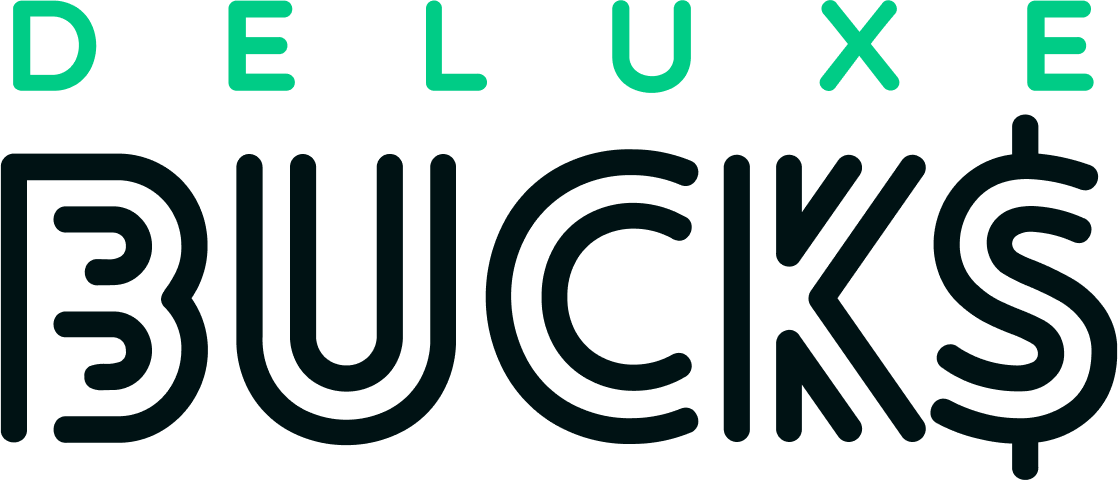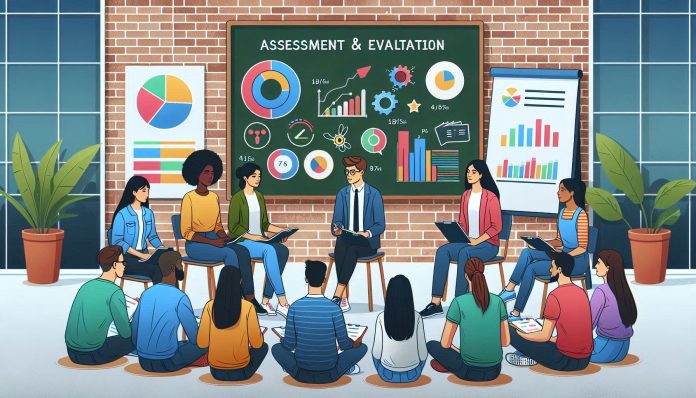Assessment and Evaluation in Education
Assessment and evaluation are cornerstones of the educational process. They help educators understand student progress, inform instruction, and ensure accountability. This article delves into the intricacies of assessment and evaluation, exploring their types, purposes, methods, and the challenges they present.
Understanding Assessment and Evaluation
Definitions and Differences
Assessment refers to the process of gathering information about student learning, while evaluation involves making judgments based on that information. Assessment is often formative, aimed at improving learning, whereas evaluation is summative, focusing on measuring outcomes.
Historical Context
The practice of assessment has evolved significantly over time, from oral examinations in ancient times to the standardized tests we see today. Understanding this evolution helps contextualize current practices and challenges.
Types of Assessment
Formative Assessment
Formative assessments are ongoing and provide feedback during the learning process. They help identify areas where students need improvement.
Summative Assessment
Summative assessments occur at the end of a learning period and measure the extent of student learning. Examples include final exams and standardized tests.
Diagnostic Assessment
Diagnostic assessments are used to identify students’ existing knowledge and skills before instruction begins. They help tailor teaching strategies to meet students’ needs.
Norm-Referenced vs. Criterion-Referenced
Norm-referenced assessments compare a student’s performance to that of their peers, while criterion-referenced assessments measure performance against a fixed set of criteria or standards.
Purpose of Assessment in Education
Measuring Student Learning
Assessments provide a snapshot of student understanding and skills, helping educators gauge the effectiveness of their teaching.
Informing Instruction
By identifying strengths and weaknesses, assessments guide teachers in adjusting their instruction to better meet students’ needs.
Accountability
Assessments hold educators and institutions accountable for student learning, ensuring that educational standards are met.
Methods of Assessment
Traditional Methods
Traditional assessments include written exams, multiple-choice tests, and oral presentations. These methods are well-established but may not capture all aspects of student learning.
Alternative Methods
Alternative assessments, such as portfolios, projects, and peer reviews, offer a more comprehensive view of student abilities.
Technology-Enhanced Assessments
Technology has revolutionized assessment, enabling online quizzes, interactive simulations, and data analytics to provide deeper insights into student performance.
Formative Assessment Techniques
Observations
Teachers can gather valuable information by observing students during class activities and discussions.
Quizzes and Tests
Regular quizzes and tests help monitor student progress and identify areas needing improvement.
Peer and Self-Assessment
Encouraging students to assess their own and each other’s work fosters critical thinking and self-reflection.
Summative Assessment Strategies
Standardized Tests
Standardized tests provide a uniform measure of student achievement, allowing for comparisons across different groups.
Final Exams
Final exams assess cumulative knowledge and skills acquired over a course or term.
Projects and Portfolios
Projects and portfolios showcase a student’s work over time, highlighting their growth and achievements.
Diagnostic Assessment Tools
Pre-Tests
Pre-tests help determine students’ prior knowledge and readiness for new content.
Diagnostic Interviews
Interviews with students can uncover misconceptions and learning gaps.
Learning Style Inventories
These inventories assess students’ preferred learning styles, helping tailor instruction to individual needs.
Challenges in Assessment and Evaluation
Bias and Fairness
Ensuring assessments are fair and unbiased is a significant challenge. Cultural, linguistic, and socioeconomic factors can all impact assessment outcomes.
Test Anxiety
Many students experience anxiety around assessments, which can affect their performance. Strategies to reduce anxiety include providing a supportive environment and offering practice opportunities.
Resource Constraints
Limited resources can hinder the implementation of effective assessment practices. Schools may lack the necessary tools, time, or training.
Best Practices in Assessment
Aligning with Learning Objectives
Assessments should be directly aligned with learning objectives to ensure they accurately measure what is intended.
Providing Feedback
Timely and constructive feedback helps students understand their progress and areas for improvement.
Continuous Improvement
Assessment practices should be regularly reviewed and refined to enhance their effectiveness.
Role of Technology in Assessment
Online Quizzes and Exams
Online assessments offer flexibility and immediate feedback, making them a valuable tool for both students and teachers.
Learning Management Systems
These systems streamline the administration of assessments and provide detailed analytics on student performance.
Data Analytics
Data analytics can identify trends and patterns in student performance, informing instructional decisions.
Impact of Assessment on Students
Motivation and Engagement
Effective assessments can motivate students by providing clear goals and recognizing their achievements.
Stress and Pressure
While assessments can be motivating, they can also create stress and pressure. Balancing these factors is crucial for student well-being.
Learning Outcomes
Assessments play a critical role in shaping learning outcomes by guiding instruction and providing feedback.
Teacher’s Role in Assessment
Designing Assessments
Teachers must design assessments that are fair, reliable, and aligned with learning objectives.
Interpreting Results
Interpreting assessment results accurately is essential for making informed instructional decisions.
Adjusting Instruction
Based on assessment results, teachers can adjust their instruction to better meet the needs of their students.
Future Trends in Assessment and Evaluation
Personalized Learning
Personalized assessments cater to individual student needs, providing a more tailored learning experience.
Gamification
Incorporating game elements into assessments can make them more engaging and enjoyable for students.
Artificial Intelligence
AI has the potential to revolutionize assessment by providing real-time feedback and adaptive testing.
Conclusion
Assessment and evaluation are vital components of the educational process. They help measure student learning, inform instruction, and ensure accountability. By understanding the different types of assessments, their purposes, and the challenges they present, educators can implement effective assessment practices that enhance student learning.
FAQs
What is the difference between assessment and evaluation?
Assessment is the process of gathering information about student learning, while evaluation involves making judgments based on that information.
How can teachers reduce bias in assessments?
Teachers can reduce bias by using a variety of assessment methods, being aware of cultural and linguistic differences, and providing clear criteria for evaluation.
What are some effective formative assessment techniques?
Effective formative assessment techniques include observations, quizzes, peer and self-assessment, and providing timely feedback.
How does technology enhance assessment?
Technology enhances assessment by offering online quizzes, interactive simulations, and data analytics, which provide deeper insights into student performance.
What are the future trends in educational assessment?
Future trends in educational assessment include personalized learning, gamification, and the use of artificial intelligence to provide real-time feedback and adaptive testing.


